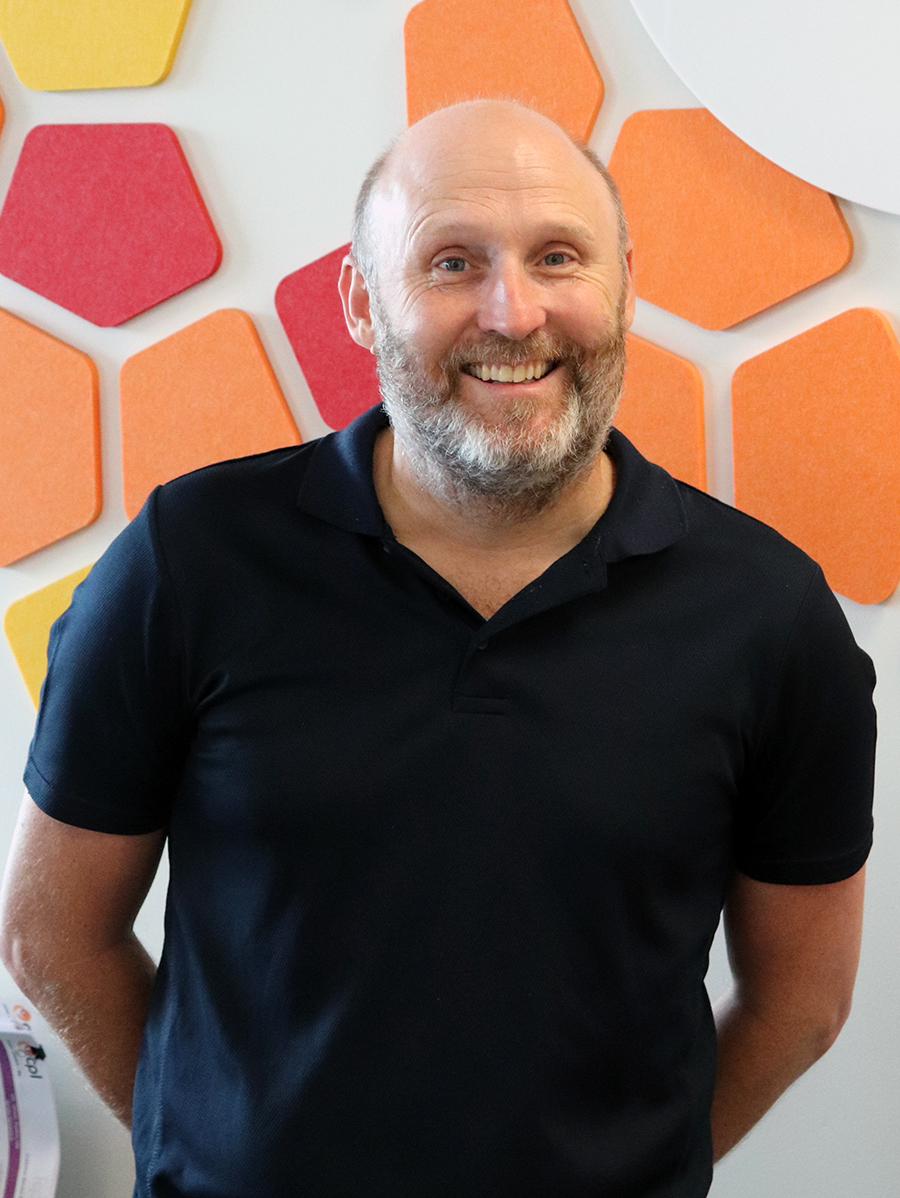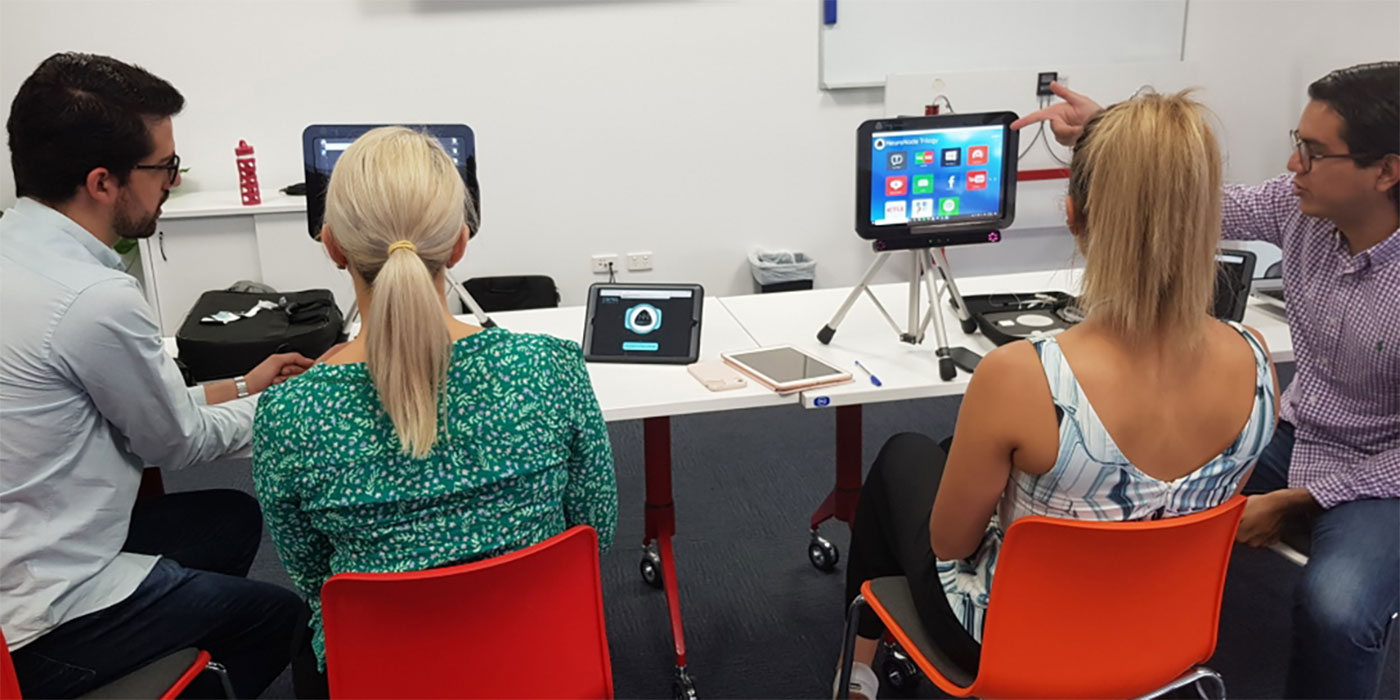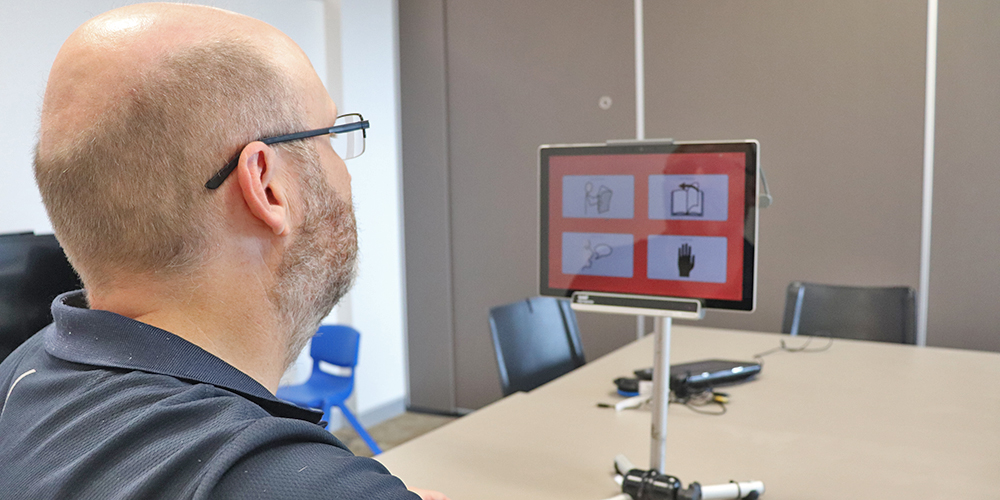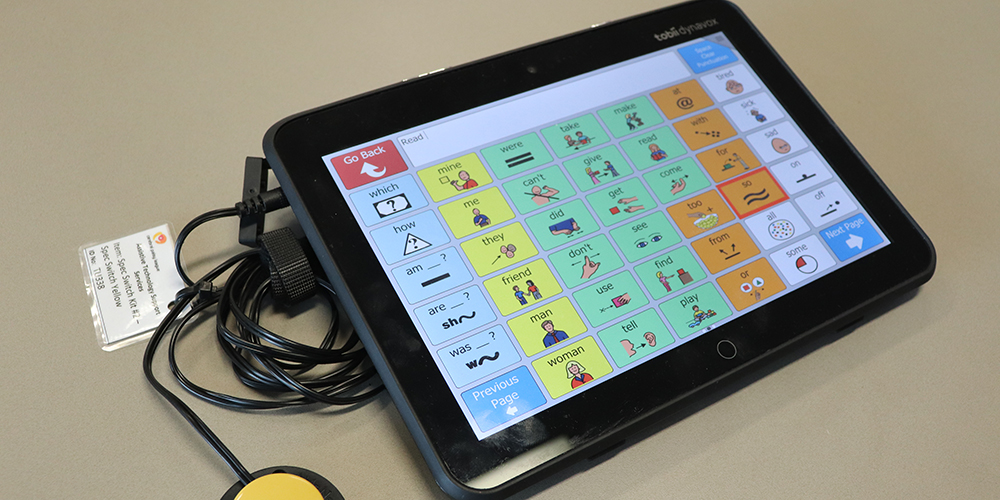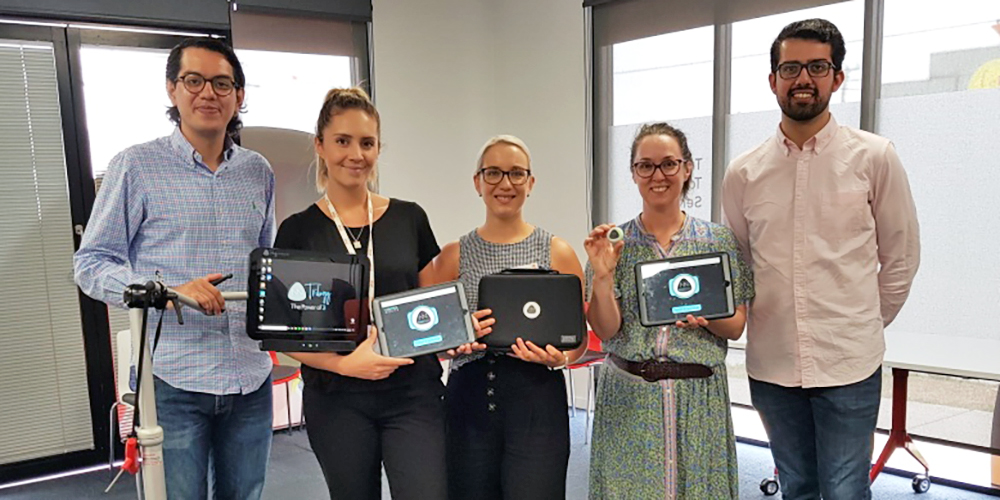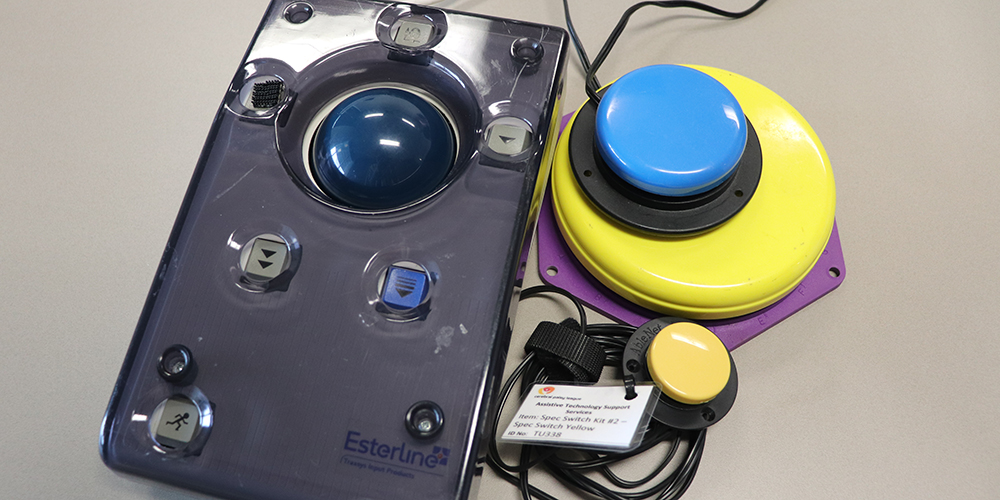Assistive Technology plays an important role in people’s lives each and every day. You might be using it without even realising! In fact, according to the World Health Organisation, more than one billion people globally use one or more assistive products. This can range from something as small as a jar opener or pencil grip, right through to an electronic wheelchair or prosthetic limb. With so many users of Assistive Technology worldwide, it’s no surprise so many people with disability and their families are shopping around for the most helpful and personalised equipment out there.
Someone who knows a lot about assistive products is CPL’s Assistive Technology Advisor for Occupational Therapy, John Pashen. John shared with us a few nuggets of knowledge, and answered some really common questions like what’s out there and how can these products be used.
When people hear the term “Assistive Technology” they often think of high-tech products like iPads and robots, but it can really be any device, system or design which assists with tasks that might otherwise be difficult or even impossible.
Assistive Technology supports people to do what they want to do. Whether that’s communicating, moving around, eating or reading a book. Assistive Technology can support people to reach those goals. The great thing is the options are endless - it’s incredible to see what’s out there. Aids for daily living, augmented communication, computer access aids… the list goes on. At CPL we work across the full range of speech generating devices, computer and mobile devices, postural support and seating, and power wheelchairs.
I specialise in high-end communication and access. I’m very open to new technologies and believe me, there’s always something new! I have seen a lot of things come and go, so I really like to focus on the products that have been around a while and have been proven to be effective.
A great example of something we work with is switches. They come in all different shapes and sizes, so someone might use their head to activate a switch because they don’t have use of their upper or lower limbs. An eye gaze camera is another great product. You can plug it into any computer and it becomes an alternate mouse, so you can open, close and control apps and software by moving your eyes across the screen. It’s all about the person and what they want to achieve.
Recently we worked with a young man who isn’t using speech to communicate. He’s being supported by Speech Pathologists and Occupational Therapists to assess which access methods he may be able to use to operate a computer system that generates speech. He isn’t able to use his upper limbs very well, so he might use a switch, eye gaze, or he might use a joystick to control the mouse point. We will try all of these options and see what works best for him.
People really do need to trial these technologies. That’s part of the process to work out whether it’s going to be useful for them.
The important thing to remember is there are so many possibilities when it comes to Assistive Technology, which means if one option doesn’t work for you there’s probably another that will! We just need to find it.
